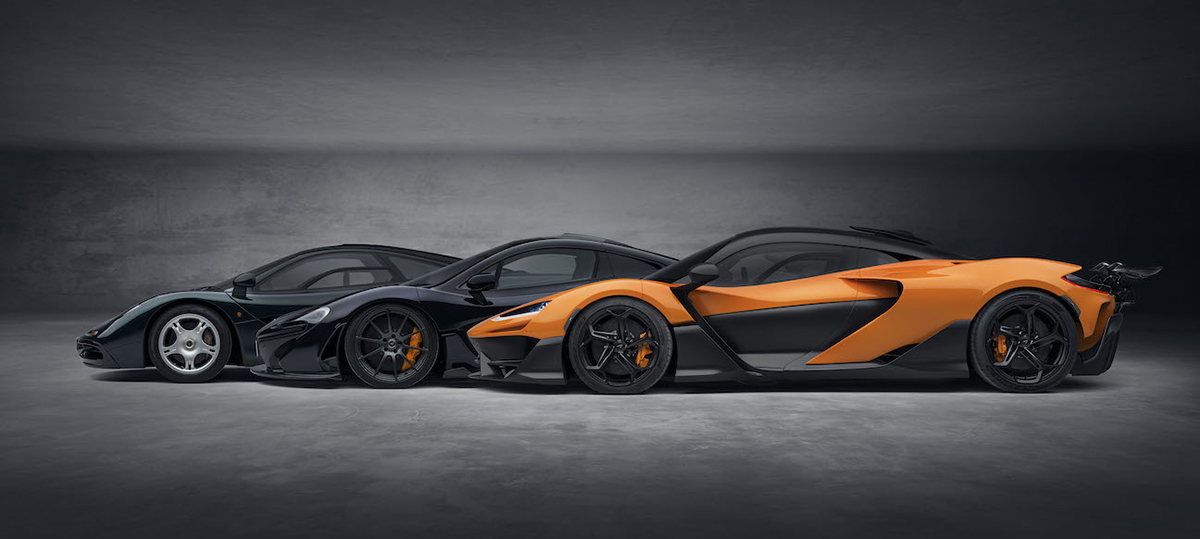
The McLaren story, like Ferrari’s, sprang directly from racing. The two would become rivals first on the track, and, much later, on the road. In 2023, McLaren touted its 60th anniversary, though that was for the racecar builder that New Zealander Bruce McLaren started in 1963, not for road car production. He died while testing one of his own racecars in 1970, and today’s McLaren supercars reflect his focus on light weight, superior aerodynamics, and state-of-the-art chassis control technologies.
McLaren’s road to building road cars was a long one, with an abandoned effort in 1970 followed 22 years later by the landmark 1992 F1, a car that essentially launched the hypercar era. It would be another 19 years until McLaren Automotive would begin regular series road-car production. The first model from that effort, the oddly named MP4-12C, put Ferrari and Lamborghini on notice.
McClaren Automotive had previously been sold to the country of Bahrain’s sovereign wealth fund, Mumtalakat Holding Company, which at the end of 2024 sold it to CYVN Holdings, which describes itself as “a growth equity investor in the future of mobility” and is owned by the government of Abu Dhabi.
McLaren’s Growth Spurt
McLaren sold just over 2,100 cars globally in 2023, a slight decrease from 2022. Ferrari, meanwhile, sold 13,663 cars that year, a slight increase. Both marques count the U.S. as their largest single markets.
McLaren offers “regular” production models an “Ultimate Series” cars, the latter in limited or severely limited quantities. Recent Ultimate cars included the McLaren Elva roadster, (399 made), named for the McLaren-Elva sports racers of the 1960s. The 25 copies of the were already pre-sold by the time this wild machine debuted at Pebble Beach in August 2022.
The second McLaren Ultra Series model, the Senna, was named for Aryton Senna, who won his three Formula 1 drivers’ championships with McLaren-Honda (1988, 1990, 1991). He died in a crash while leading the 1994 San Marino Grand Prix in a Williams-Renault. Production of the 903-horsepower P1 hybrid ended in December 2015 with 375 cars built.
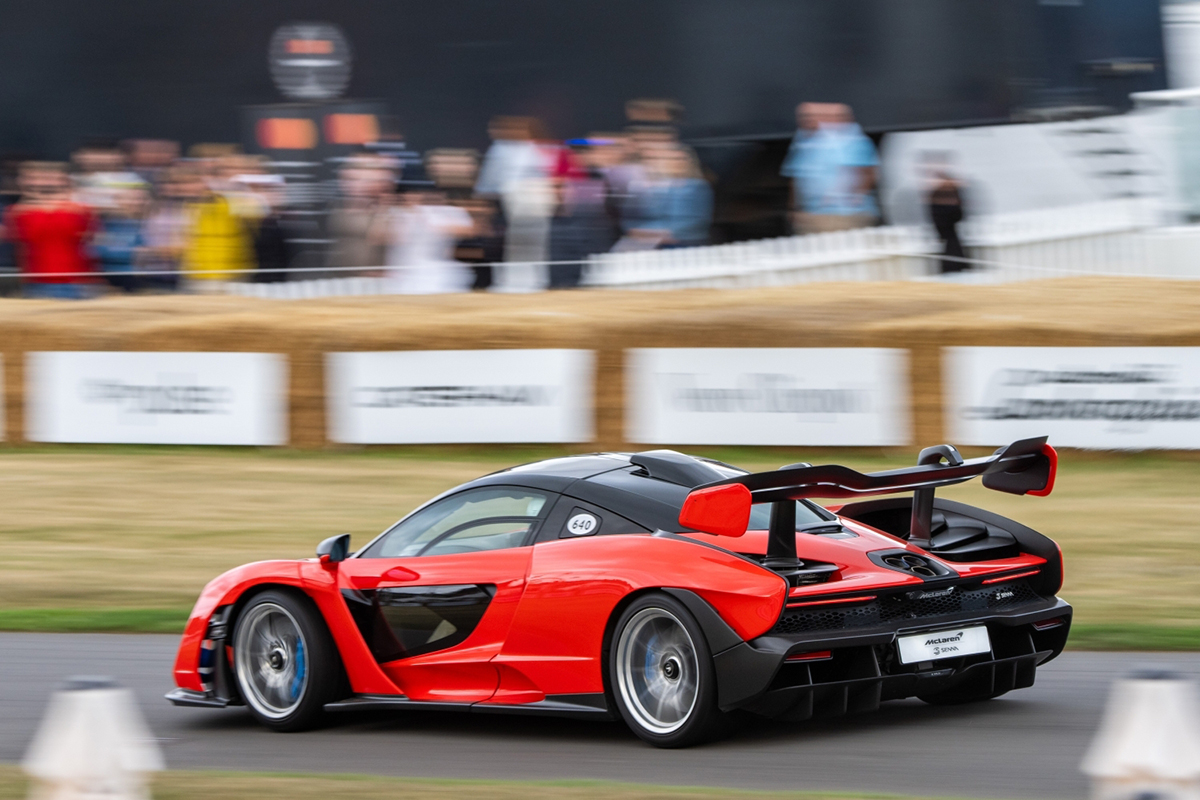
Other Ultimate models have included the Speedtail and the single-seat, track-only McLaren Solus. The McLaren W1 coming in 2025 is a plug-in hybrid hypercar with 1,258 horsepower and a reported price starting around $2.1 million.
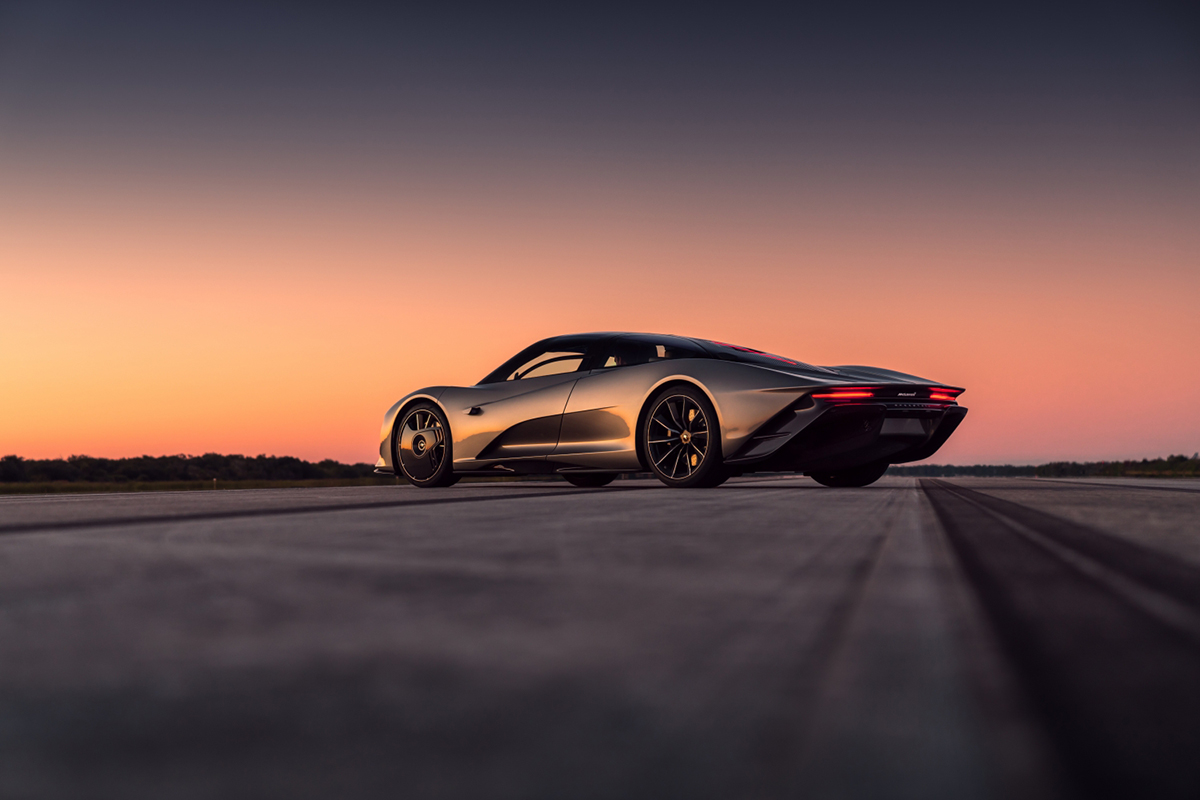
McLaren DNA
Born in New Zealand in 1937, Bruce McLaren began racing as a teen in a modified Austin built by his father. He moved to England and raced for Cooper for seven years, winning the United States Grand Prix at Sebring International Raceway in 1959, when he was just 22. The young racer finished the 1959 F1 season in second place, behind teammate Jack Brabham.
The first McLaren-designed series racecar, the 1965 M1A, was built for McLaren by Elva using Ford or Traco-built Oldsmobile V8s. Twenty-four were made. McLaren found himself in a stiff rivalry with Ferrari when he assisted with development of Ford’s GT40. Then, in 1966, McLaren and fellow Kiwi Chris Amon won the 24 Hours of Le Mans driving a GT40 Mk II for the Shelby-American team.
From 1966 to 1970, Chevy-powered McLarens would dominate of the wild Can-Am series. Bruce drove to the Can-Am title in 1967 and 1969, while teammate Denny Hulme won it in 1968 and 1970.
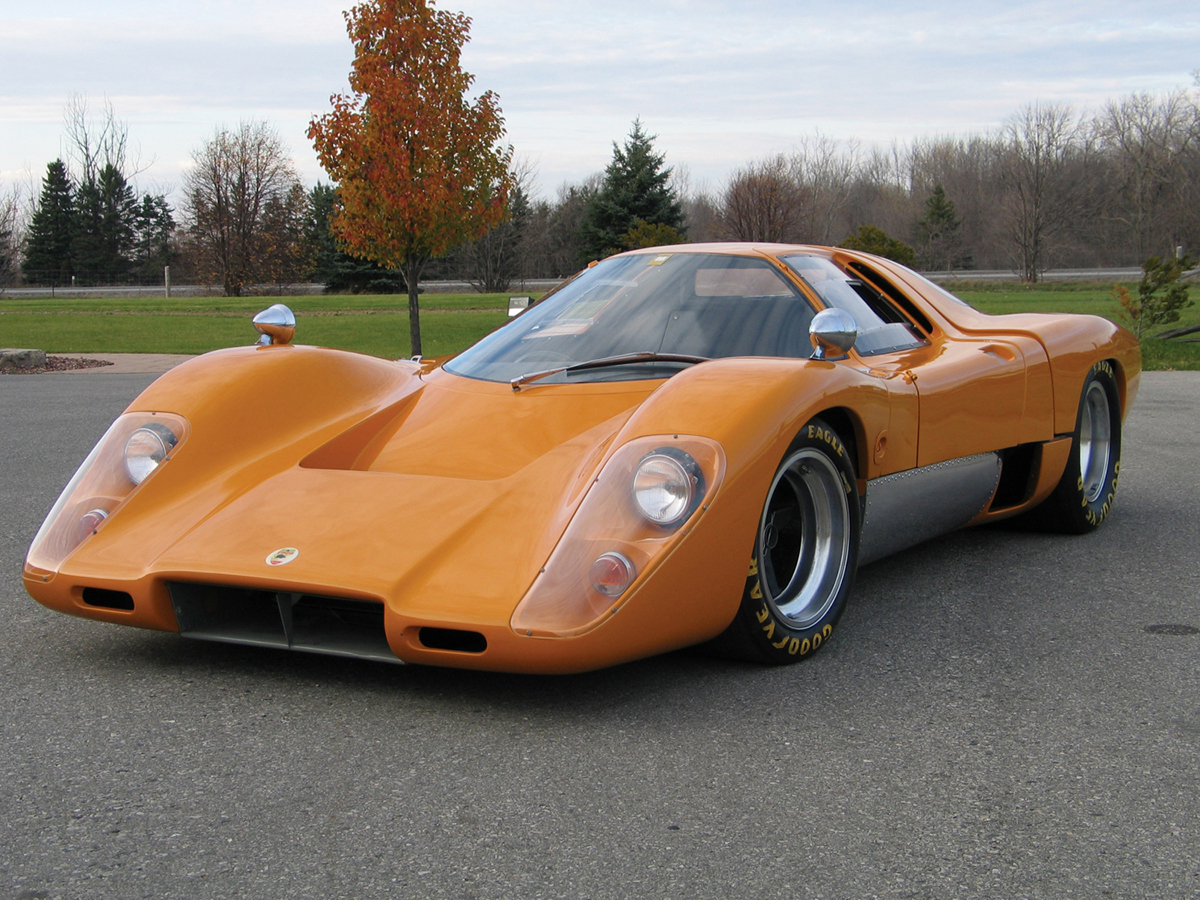
McLaren racecars won the Indy 500 in 1972, 1974, and 1976, and the racecar maker became a major force in Formula One. In 1988, the Honda-powered McLaren MP4/4 won 15 of the 16 F1 races, with drivers Ayrton Senna and Alain Prost. McLaren has won nine F1 Constructor’s Championships, its most recent in 2024 and now tied for second place with Williams. (Ferrari is #1 with 16, though it most recent was in 2008.)
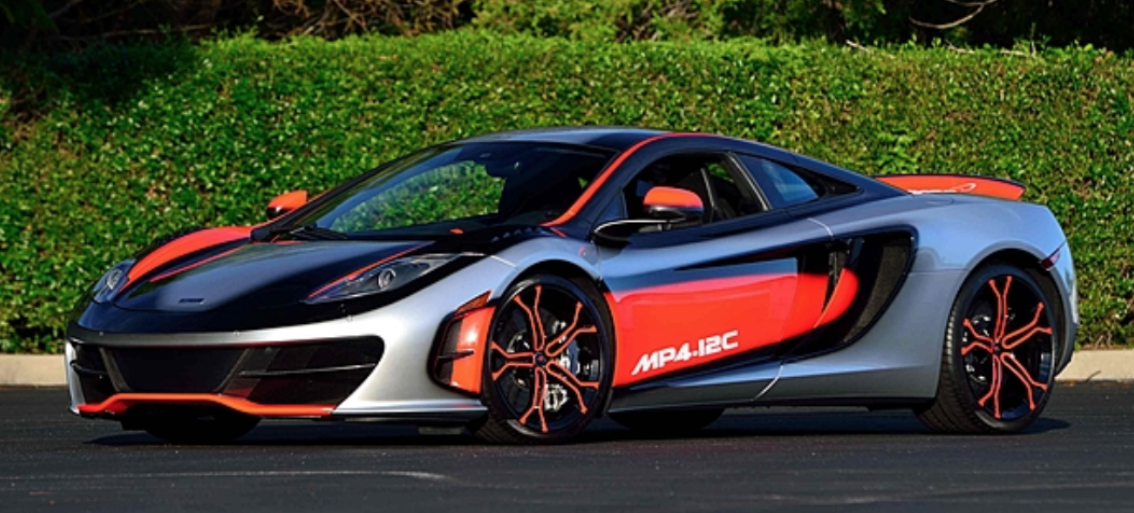
2025 McLaren models
As of December 2024, McLaren Automotive listed three current production models, plus the upcoming W1 Ultimate Series hypercar. Two McLaren regular production models use a development of the company’s twin-turbo V8, teamed with a seven-speed dual-clutch transmission. The Artura plug-in hybrid features a twin-turbo V6 teamed with an electric motor and the seven-speed dual-clutch transmission.
GTS: McLaren’s “entry” model just might be its best for many buyers looking to enjoy their supercars frequently, even daily. The GTS has a 612-hp twin-turbo V8 engine and features a more luxurious, quieter cabin and somewhat softer suspension settings than the McLaren “S” models have had. Its smoother design features a glass hatch covering an 8-cu.-ft. trunk that accommodates optional fitted luggage. Starting price is about $224,000.
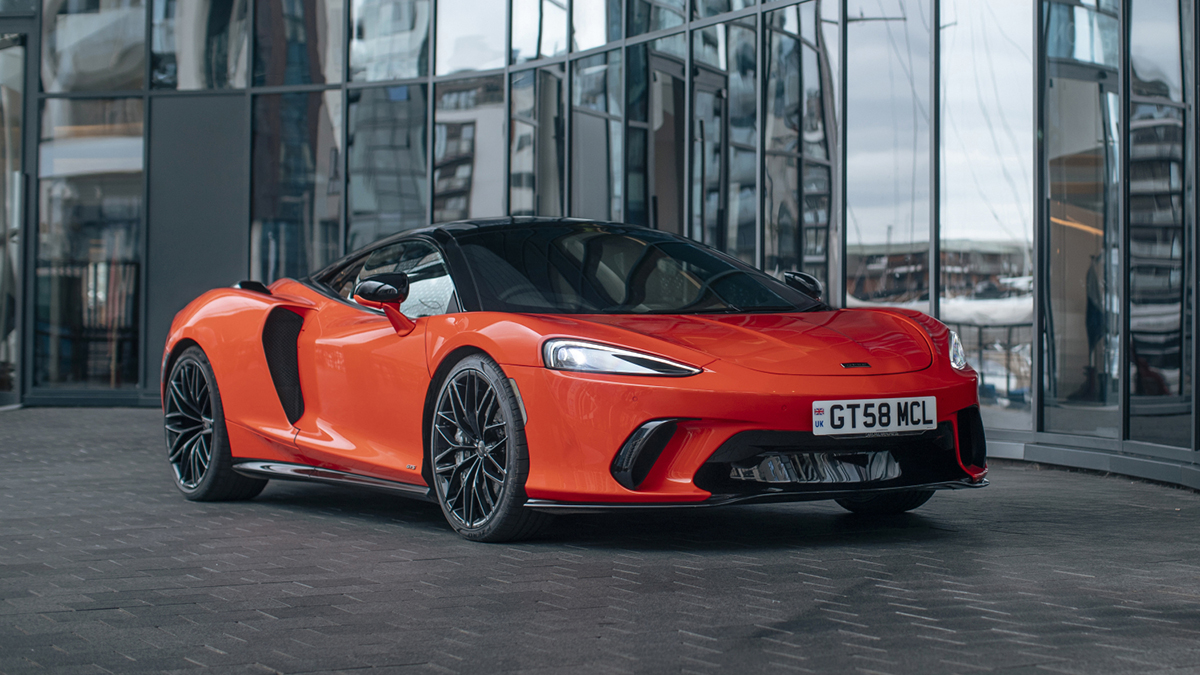
Artura: McLaren’s first full-production plug-in hybrid, the Artura combines a 596-hp twin-turbo V6 (a 19-hp boost over the 2024 model) with a single electric motor to drive the rear wheels. Combined output is 690 hp. It’s mighty fast: 0-60 in 3 seconds and a 200-mph top track speed. A lithium-ion battery gives the Artura an electric-only range of 11 miles according to the EPA, which is good for sneaking out of the neighborhood quietly or ambling through the traffic clogging roads at Monterey Car Week. The Artura starts at $254,000 for the coupe and $281,000 for the Spider.
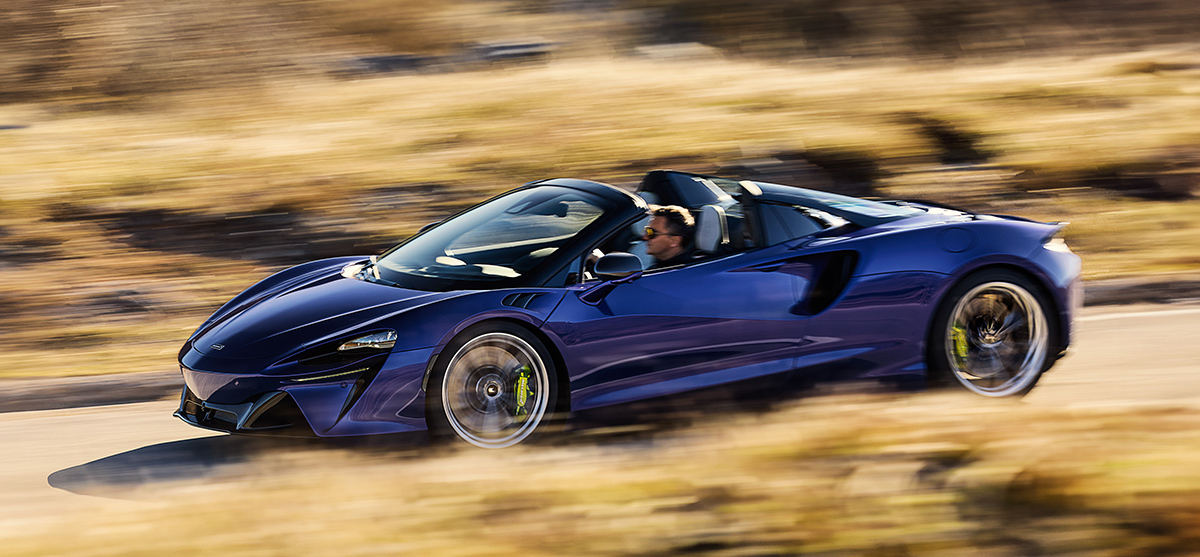
750S: McLaren’s main Supercar Series model is the 750S, which the automaker touts as the lightest “series production car” it has ever offered. At around 3,100 pounds, it is indeed a featherweight among modern cars. But then, it costs a lot of money for all that light carbon fiber. This McLaren uses a 740-horsepower twin-turbo V8, which, as you could surmise, makes this light car move like a rocket. Pricing starts at about $321,000 for the coupe and $329,000 for the Spider.
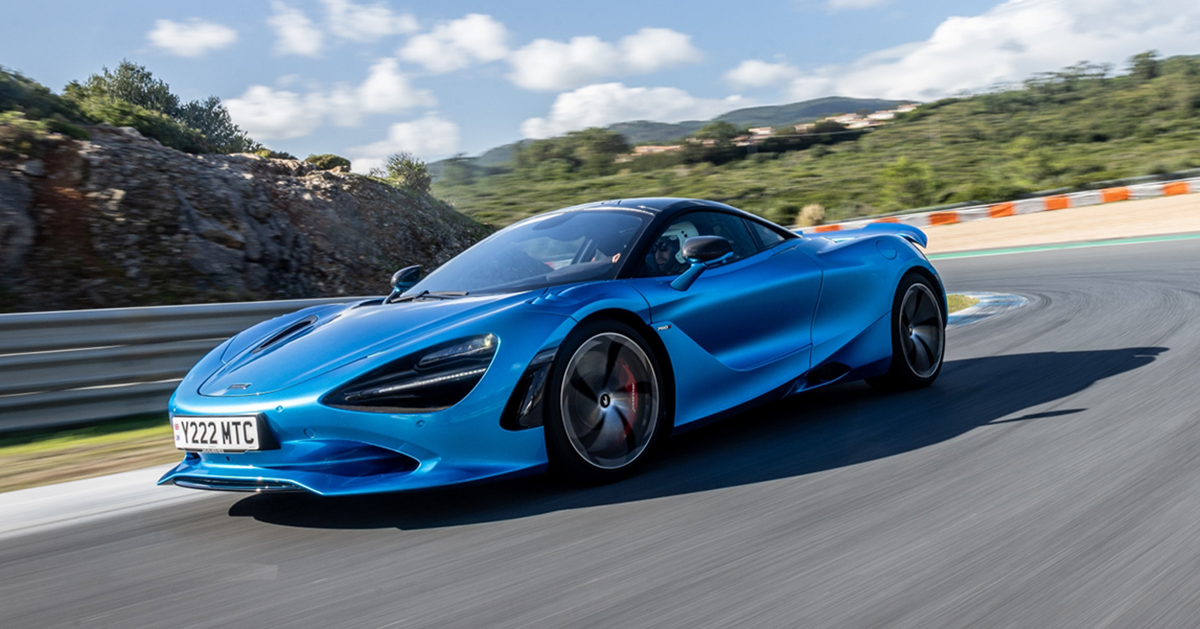
Landmark Car: The Incomparable McLaren F1
Bruce McLaren’s death occurred while the company was developing its first road car, the M6GT, essentially a road version of a planned M6 endurance racer. Ultimately, three M6GTs were built, and Bruce had driven the first one as his personal car. In the past, Premier Financial Services leased one of the others.
The dream of building a road-certified McLaren racecar finally came to fruition with the phenomenal F1 in 1992. The world’s first road car built from carbon fiber, the F1 was a featherweight at 2,600-lbs, which resulted in astounding performance from the 6.1-liter, 618-horsepower BMW Motorsports V12 engine. Car and Driver clocked 0-60 in 3.2 seconds. The F1’s mind-boggling 6.3-second run from 0-100 mph was two seconds quicker than the Ferrari F40. Top speed was 221 mph.
Yet, the F1 impressed its drivers with everyday drivability and composure on back roads, setting the theme for today’s McLarens. Forty-two of the 106 F1s built were racecars, and they were winners. An F1 GTR won Le Mans outright in 1995, and other F1 GTRs took 3rd, 4th, 5th, and 13th places in that same race.
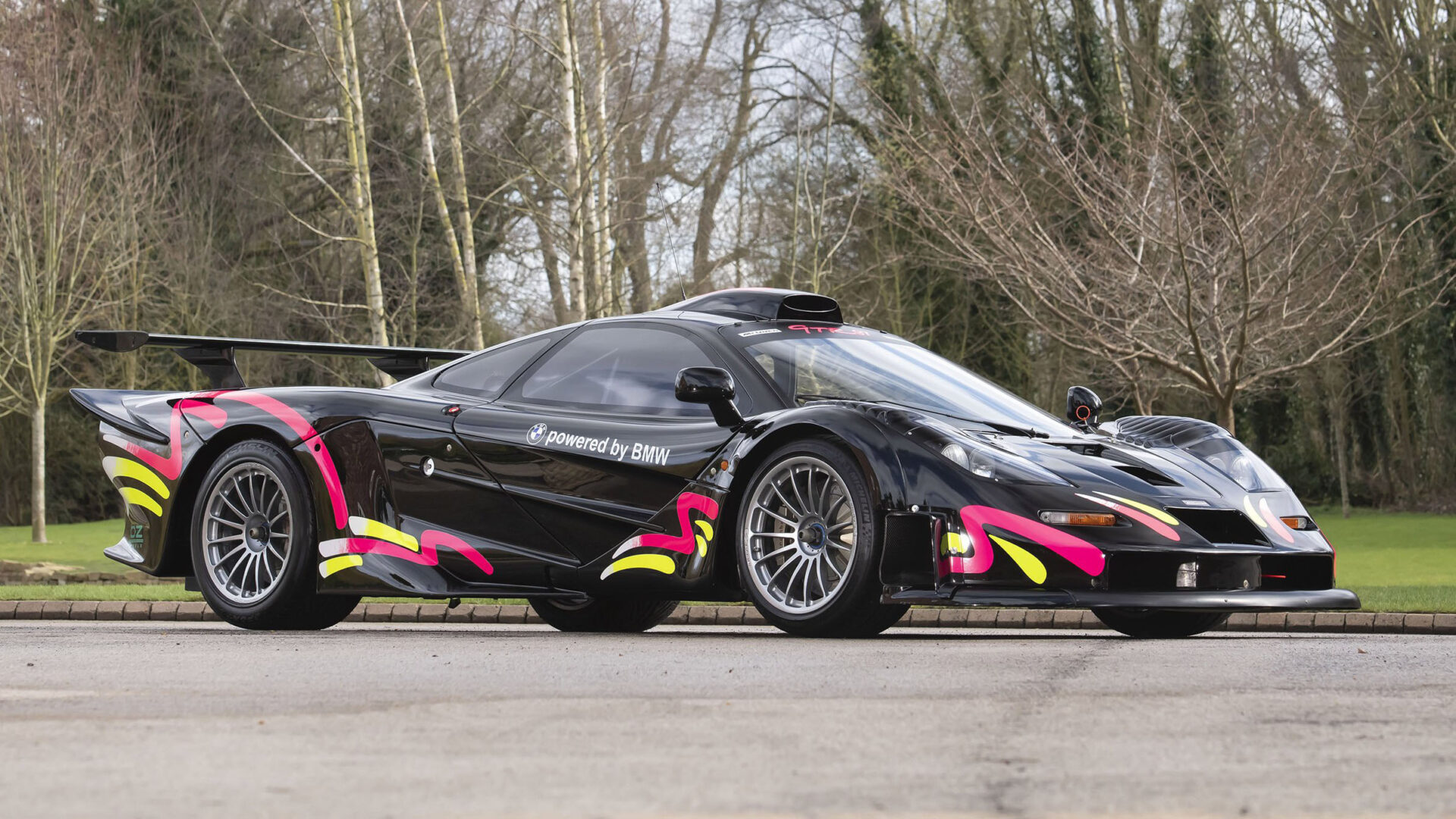
A new era of McLarens
McLaren Automotive took direct aim at Ferrari and its market when it introduced the MP4-12C in 2011. The new Brit was a sensation with its carbon fiber construction and twin-turbo V8. In addition to being blindingly fast on the track, the McLaren MP4-12C achieved a new standard for supercar ride/handling balance praised by road testers and owners.
McLaren later updated the MP4-12C and changed its name to 650S, adopting a model-naming protocol based on each model’s engine output in metric horsepower. Expressing output is a bit lower in the English conversion, so, for example, today’s 750S offers 750 PS (metric hp), or 740 hp in American market terms.
McLaren Special Operations
All McLaren production takes place at the McLaren Production Centre in Woking, England. For those seeking even more exclusivity form McLaren, the automaker offers McLaren Special Operations (MSO). From creating a custom paint color and interior pattern to building a one-off car based on a current McLaren carbon-fiber chassis, the company can do it.
Lease your McLaren with Premier’s Simple Lease
Premier Financial Services was there at the start to lease an M6GT and continues to help passionate driving enthusiasts get into new McLarens with the PFS Simple Lease. It’s the best way to go all-in on performance without going all-in on your resources, and Premier offers several options at the end of the lease term.
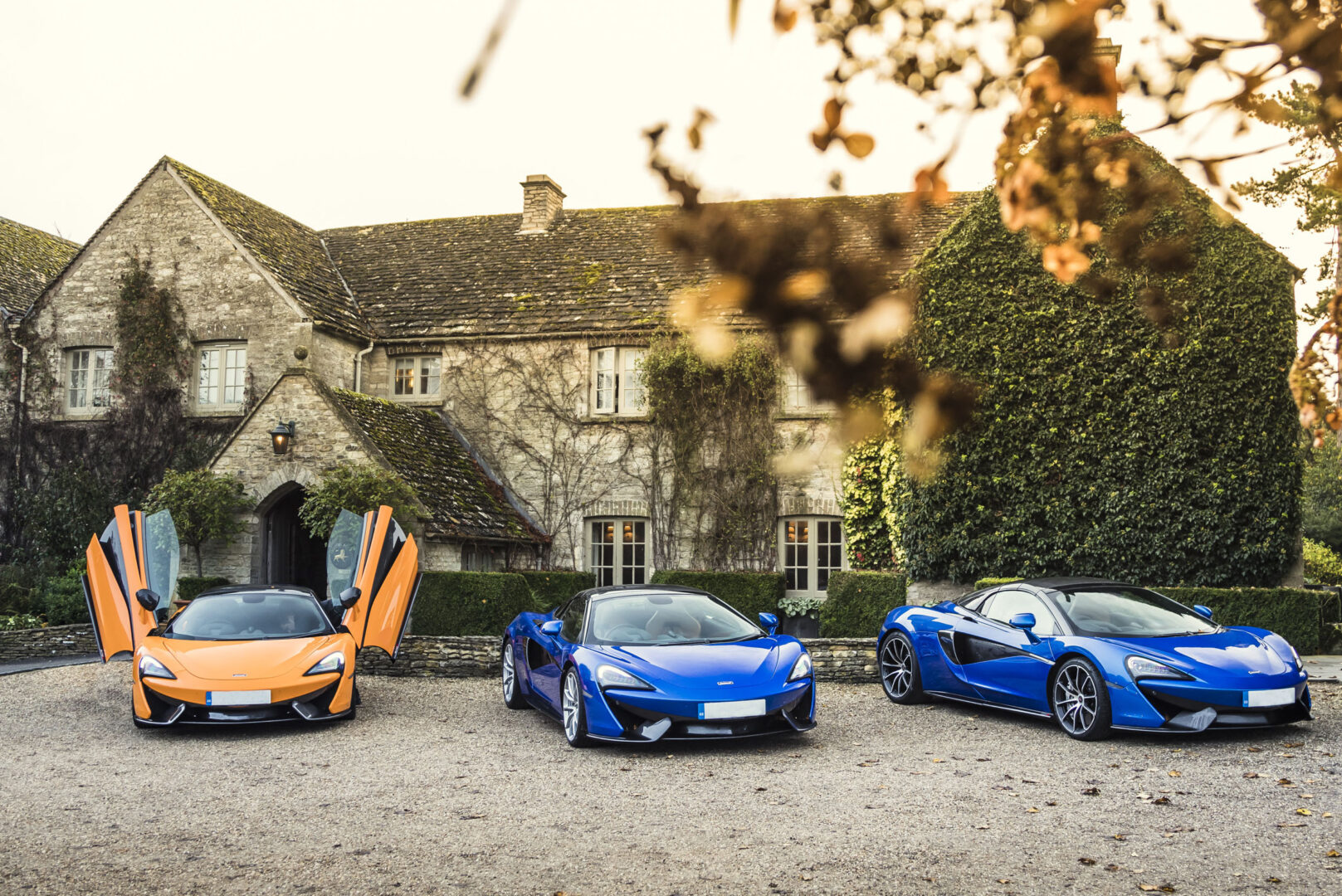
Premier Financial Services is not a licensed dealer and is not otherwise sponsored or endorsed by, or affiliated with McLaren Group Limited.
